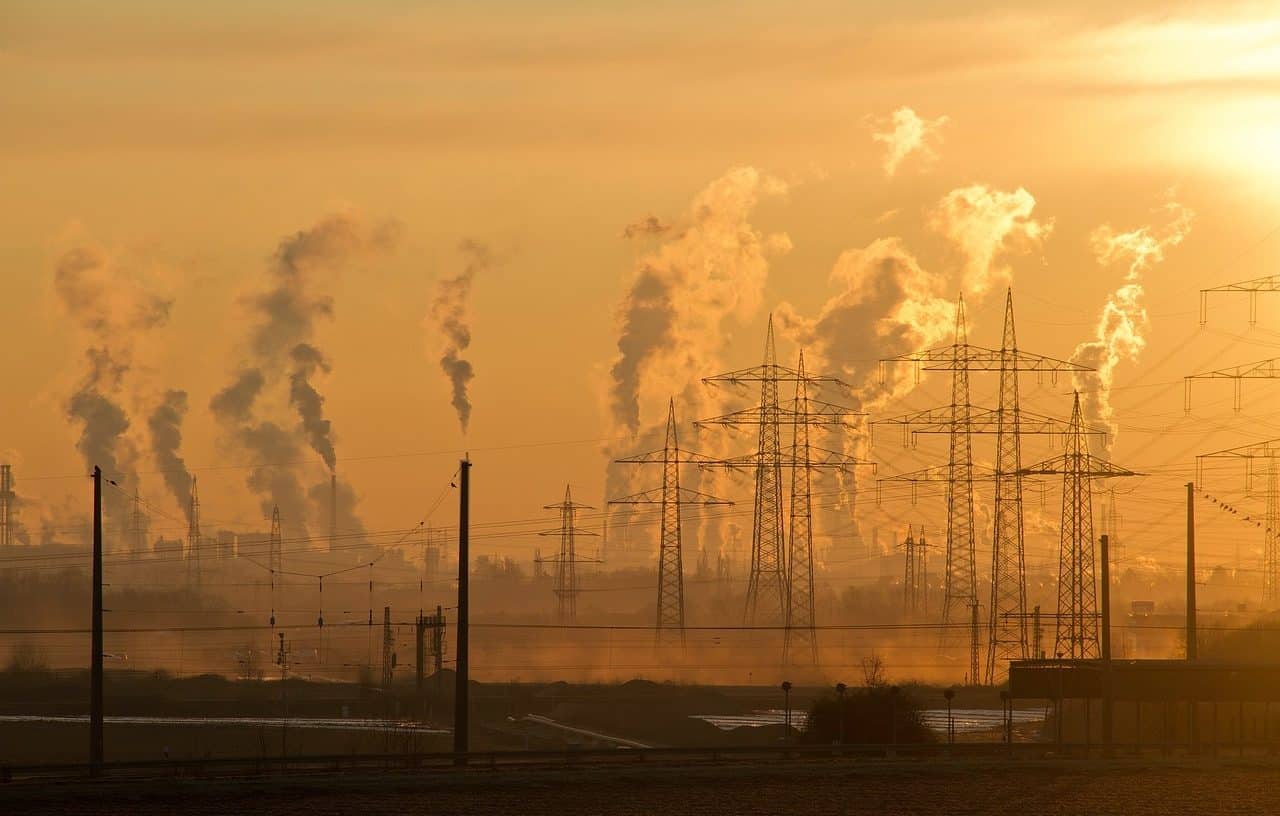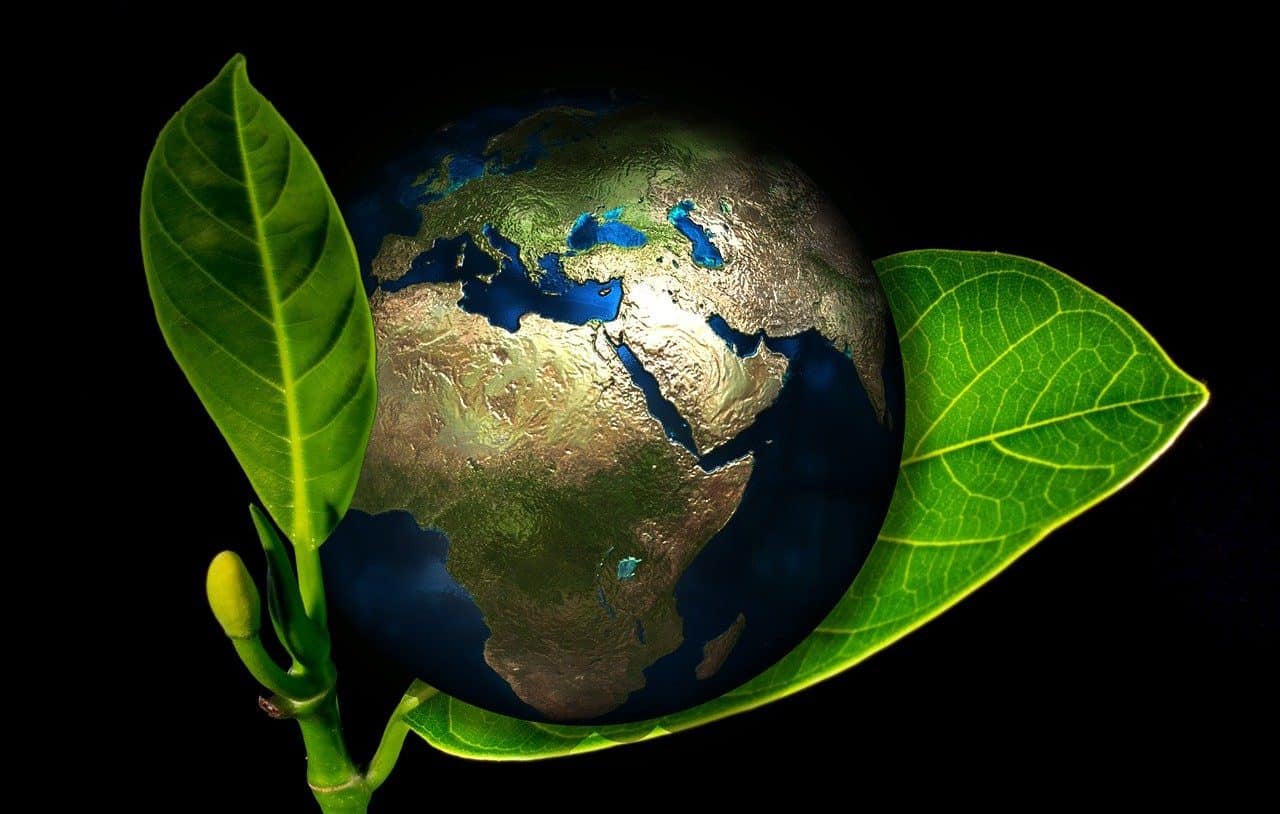
The Kyoto Protocol seeks to take care of the ecology without violating sustainable development.
The Kyoto Protocol is an international agreement that commits industrialized powers to minimize greenhouse gas (GHG) emissions to achieve certain goals. Its approval took place at the end of 1997 , although it only came into force in February 2005 .
The notion of protocol has several uses. It can refer to an ordered series of documents; to the record of a pact; to a set of rules; or a sequence of steps that must be followed in a procedure. Kyoto , meanwhile, is the Japanese city where this instrument that aims to combat climate change was signed.
History of the Kyoto Protocol
The history of the Kyoto Protocol begins in 1992 . In that year, the adoption of the United Nations Framework Convention on Climate Change (UNFCCC) was finalized, which set the objective of maintaining a stable level of greenhouse gases in the atmosphere so that human activity does not dangerously interfere with the weather.
The UNFCCC established at that time that said stabilization had to occur within the necessary period so that ecosystems could adapt, naturally, to climate change. Likewise, it was agreed not to harm economic development although betting on sustainability .
With the intention of making more firm progress in reducing emissions, in 1997 it was agreed to incorporate into the UNFCCC an instrument with legally binding measures. This tool is the Kyoto Protocol , which was signed on December 11 of that year in Japan and has been in force since February 16, 2005 .
At this point it is important to mention that mandatory compliance applies only to those Parties to the convention (that is, adhering countries) that have also ratified the protocol. According to data from the United Nations (UN) , the Kyoto Protocol currently has 192 Parties .

The Kyoto Protocol aims to reduce air pollution.
The context
The UNFCCC emerged within the framework of the Earth Summit in Rio de Janeiro that took place in 1992 . At this meeting, in addition to the UNFCCC , the Convention on Biological Diversity and the Convention to Combat Desertification were created.
According to specialists, the great advance of the UNFCCC was having recognized the existence of a problem. Starting from the Montreal Protocol of 1987 , it was proposed to force States to commit to human security in environmental matters beyond the lack of certainties provided by science.
In this context, a goal was established: that greenhouse gas concentrations do not cause "dangerous anthropogenic interference" in the climate . Likewise, it was defined that the main responsibility fell on developed countries because they are the ones that make the most emissions.
Specifically, the UNFCCC obliges these nations to regularly report their policies related to climate change and to publish an inventory of their greenhouse gas emissions each year.
Regarding the Kyoto Protocol , what it does is launch the mechanisms provided for by the UNFCCC , implementing binding objectives for the European Union (EU) and 36 industrialized States.
The protocol also encouraged the enactment of laws for nations to meet their commitments and contributed to the birth of so-called carbon credits. To complement the efforts, the Paris Agreement was then established, also as part of the UNFCCC .

The Kyoto Protocol is part of a global environmental policy.
Objectives of the Kyoto Protocol
The central objective of the Kyoto Protocol is to mitigate human-caused climate change . It is considered that industrial activity, through certain gases it emits, causes the greenhouse effect that encourages global warming .
Methane (CH4) and carbon dioxide (CO2) are two of the main greenhouse gases . According to the Intergovernmental Panel on Climate Change (IPCC) , if emissions reduction is not achieved, greater global warming will be forced and the global climate system will register multiple alterations in the 21st century .
A decrease in pollution , therefore, is essential to care for the environment and avoid a dangerous increase in global temperature. We must not forget that climate change causes an increase in the frequency of natural disasters , with floods, droughts and other recurring phenomena that affect human life and cause the loss of biodiversity .
One of the measures needed to improve the outlook is to move towards an energy transition that leads to progressively abandoning the use of fossil energy in favor of renewable energies, such as solar energy or wind energy.
The mechanisms
The mechanisms of the Kyoto Protocol to meet its objectives are several. Regardless of the actions that each nation executes internally, this instrument offers additional resources for the formation of an emissions market.
Each Party to the Kyoto Protocol has emission rights under the commitment assumed. These permitted emissions are divided into units of assigned quantity .
When a country has excess units (that is, it has more permitted emissions than it actually produces), it can sell that surplus to a nation that has exceeded its own authorized level. What this emissions trading does is enable compensation between States without affecting the global objective.
The Clean Development Mechanism (CDM) , on the other hand, enables a developed nation to launch an emissions reduction project in an undeveloped country. From this implementation you obtain marketable credits for certified emission reductions that you can count towards meeting your obligations.
The concept of joint application , meanwhile, provides the opportunity for a Party to obtain emission reduction units from a phase-out project or an emissions reduction commitment of another Party. This exchange implies that the country that obtains the emission reduction units makes an investment in the other nation or transfers technology to it.
